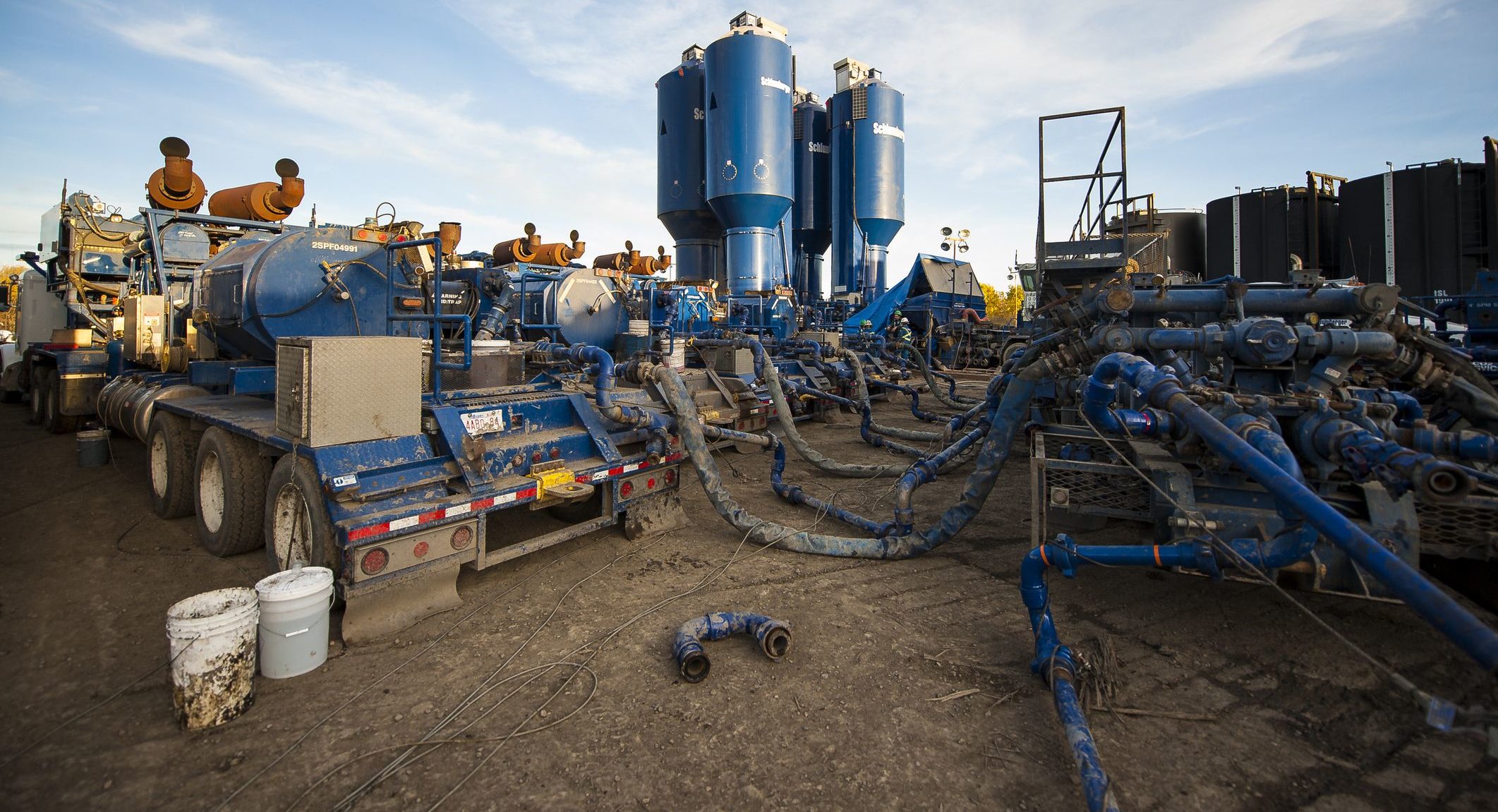New research describes using liquid-gated membranes (LGMs) for treating wastewater from industrial projects and its improvements on conventional membrane filtration technology.
Conducted by the Wyss Institute for Biologically Inspired Engineering at Harvard University with collaborators at Northeastern University and the University of Waterloo, the work demonstrates that the Wyss’ liquid-gated membranes (LGMs) filters nanoclay particles out of water with twofold higher efficiency, nearly threefold longer time-to-foul, and a reduction in the pressure required for filtration over conventional membranes. The findings offering a solution that could reduce the cost and electricity consumption of high-impact industrial processes, like oil and gas drilling. The study, Research Update: Liquid gated membrane filtration performance with inorganic particle suspensions, is reported in APL Materials.
“This is the first study to demonstrate that LGMs can achieve sustained filtration in settings similar to those found in heavy industry, and it provides insight into how LGMs resist different types of fouling, which could lead to their use in a variety of water processing settings,” said first author Jack Alvarenga, a research scientist at the Wyss Institute.
LGMs mimic nature’s use of liquid-filled pores to control the movement of liquids, gases and particles through biological filters using the lowest possible amount of energy, much like the small stomata openings in plants’ leaves allow gases to pass through.
The research team decided to test their LGMs on a suspension of bentonite clay in water, as these nanoclay solutions mimic the wastewater produced by drilling activities in the oil and gas industry. They infused 25-millimetre discs of a standard filter membrane with perfluoropolyether, a type of liquid lubricant that has been used in the aerospace industry for over 30 years, to convert them into LGMs.
While the LGMs did eventually experience fouling, they displayed a 60 per cent reduction in the amount of nanoclay that accumulated within their structure during filtration, givings LGMs a longer lifespan and making more of the filtrate recoverable for alternate uses. Additionally, the LGMs required 16 per cent less pressure to initiate the filtration process, reflecting further energy savings.
“The concept of using a liquid to help filter other liquids, while perhaps not obvious to us, is prevalent in nature,” said Wyss Founding director Donald Ingber, M.D., Ph.D., who is also the Judah Folkman Professor of Vascular Biology at Harvard Medical School and the Vascular Biology Program at Boston Children’s Hospital, as well as Professor of Bioengineering at SEAS. “It’s wonderful to see how leveraging nature’s innovation in this manner can potentially lead to huge energy savings.”









